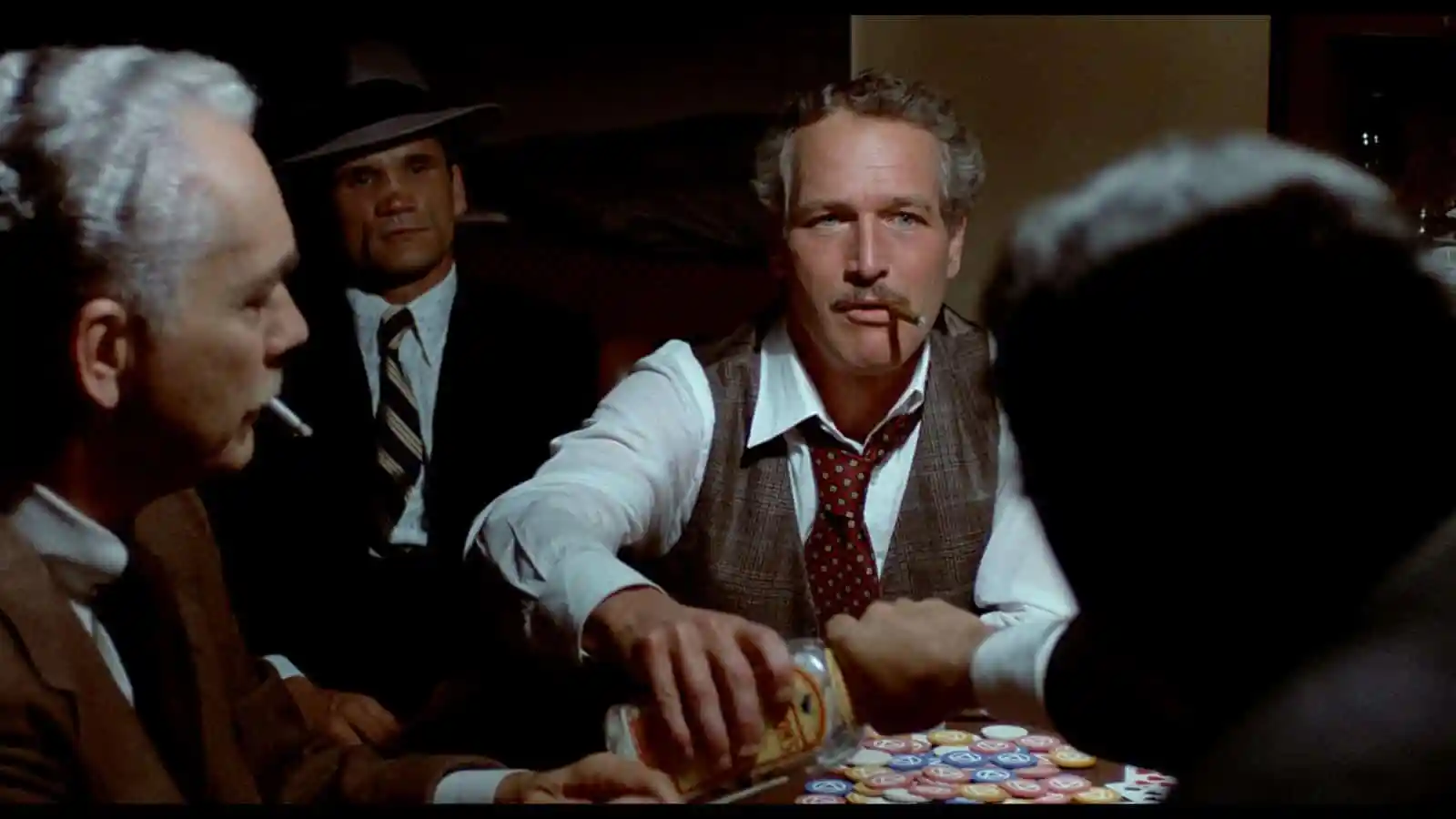The Art of Bluffing in Poker
Summary
Bluffing can be an effective poker tactic that can quickly increase your edge against competitors, yet its use should only be employed sparingly after considering all potential risks and rewards. Select an ideal moment to implement your bluff. Carefully observe […]

Bluffing can be an effective poker tactic that can quickly increase your edge against competitors, yet its use should only be employed sparingly after considering all potential risks and rewards.
Select an ideal moment to implement your bluff. Carefully observe your opponents’ betting patterns and verbal cues – even the slightest gesture may reveal invaluable information!
Betting intervals
Bluffing is an integral component of poker, and mastering it requires both skill and intuition. A player should constantly look out for opportunities where she can exploit her opponent’s behavior – for instance if she loses money she may start playing more cautiously or aggressively and this presents an ideal time to target them with her bluffs.
A skilled bluffer must have the ability to read her opponents’ hands in order to effectively assess the hand ranges they represent and bluff accordingly, in order to maximize her expected value (EV) on each bluff she makes. She should also assess both their strength and weakness of hand to find a range that includes both strong and weak hands.
An opponent must observe her opponent’s body language to detect subtle clues of bluffing from them, such as hard swallows or shrugged shoulders when placing forward their chips.
Limits
Successful bluffing requires quick decision-making, bold moves, and an understanding of the game’s psychology. You must be able to read your opponent’s likely hands and betting patterns as well as what bet sizes are most profitable – too small of an amount may prompt opponents to call your bluff while too much might not convince your adversaries of its legitimacy.
Your table image must be considered when playing against opponents. For instance, if an opponent shows excessive aggression and frequently bluffs, bet more frequently and smaller to take advantage of their tendencies. Furthermore, observe their play in hands immediately following failed bluffs to ascertain risk tolerance; adjust accordingly based on this. Always bluff when the pot size justifies taking risks – this strategy can help increase long-term victory; just make sure not to do it too often otherwise it might lose effectiveness!
Bluffing in pot-limit tournaments
Bluffing effectively in pot-limit tournaments is an invaluable ability, yet it requires sound judgment and knowledge of your opponents to succeed. There are various factors which could determine your success rate such as table image and recent history between you and those against whom you are trying to bluff.
One of the key components to successful poker play is pot size; this will determine whether you receive pot odds. A larger pot can cause opponents to fold more often; when bluffing, aim for smaller pots.
Other key considerations when it comes to successful bluffing include your opponent and their tendencies. For example, players who have been caught bluffing will be less likely to call your bluffs even with strong cards in your hand. Loose players shouldn’t be targeted as they often fold to any kind of raise; more competitors at a table makes successful bluffing harder still.
Bluffing in cash games
Bluffing is an integral component of poker games, but its proper use requires skillful execution. Skilled players can conceal their emotions so it becomes hard for opponents to tell when someone is bluffing; that is why it is vitally important that relying on detection strategies rather than rules is used as part of their plan for playing poker.
When bluffing in cash games, it’s wisest to start off by betting low stakes – this will not only encourage your opponent to fold, but will also minimize any risk should they call your bluff and increase losses if it is successful. When making such moves it is also wisest only bluff when you have an accurate read on your opponent.
After being caught, some players might switch up their style of play; whether that means more bluffs or being more aggressive depends on experience and confidence level. Therefore, it’s wise to always consider your table image when making decisions regarding whether to bluff; you want to project an image as being tight so your bluffs have greater chance of succeeding.
